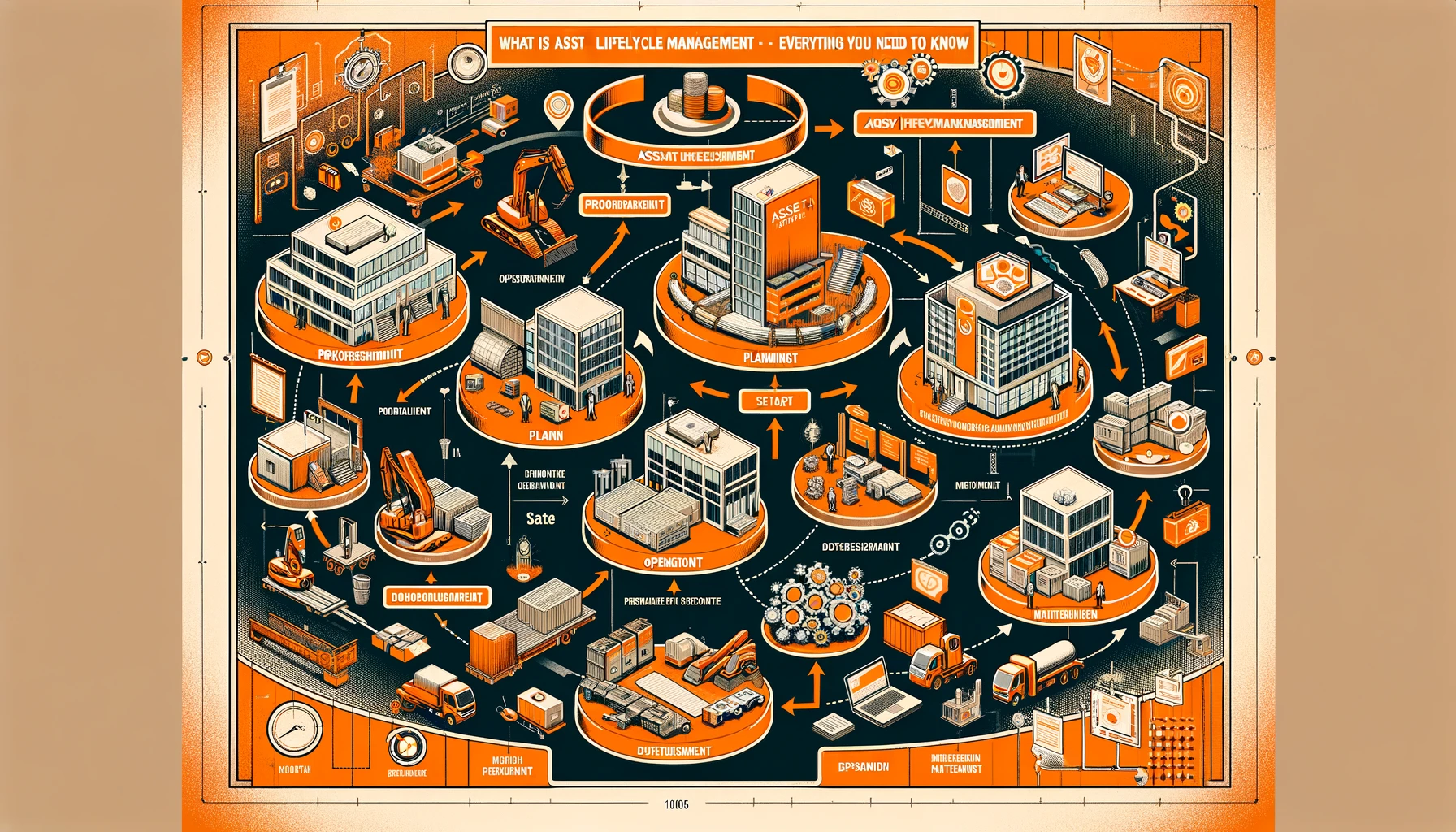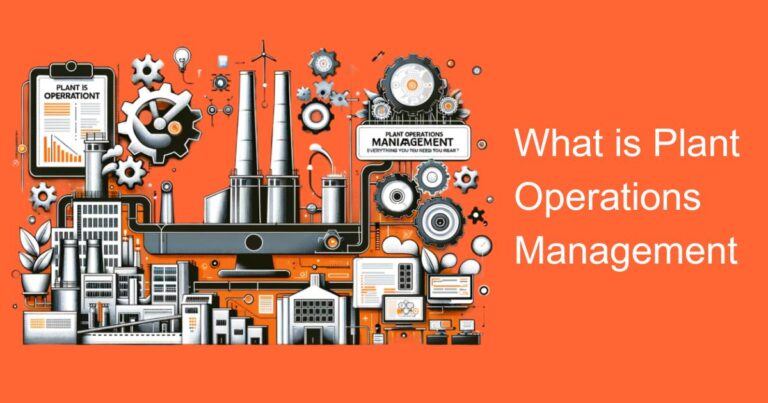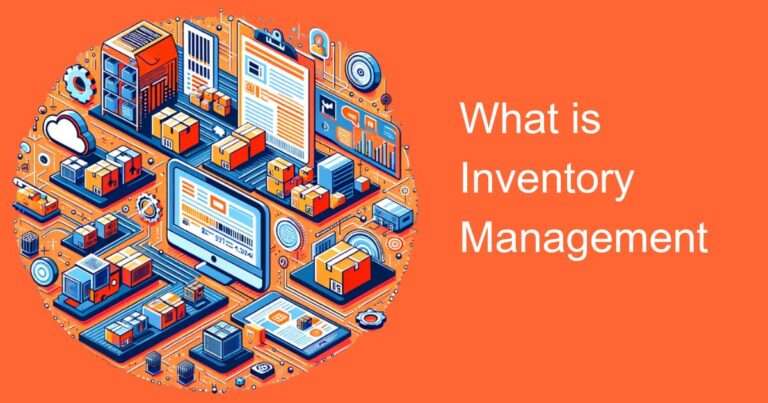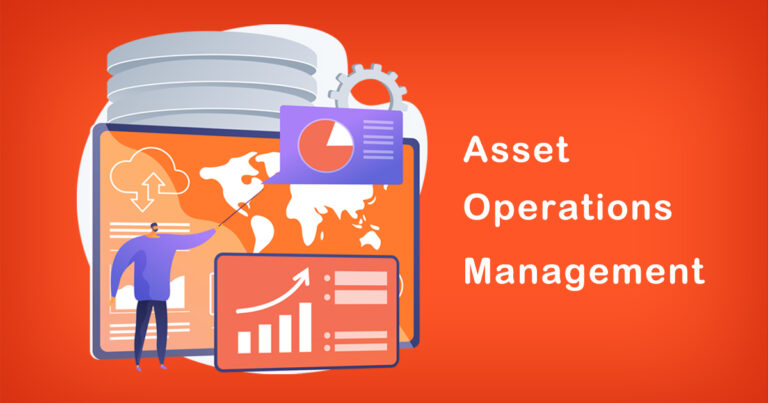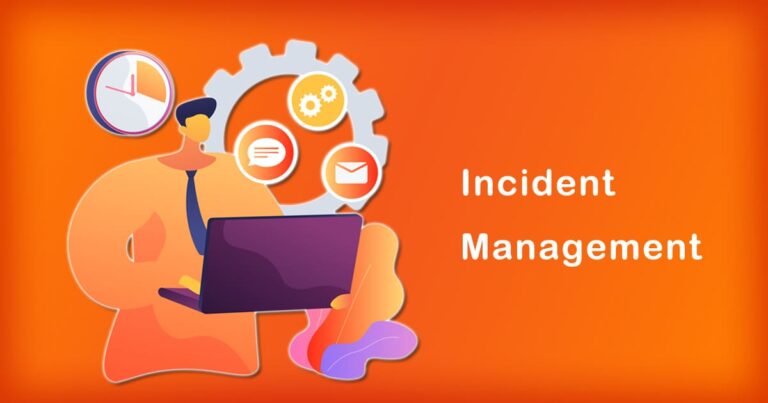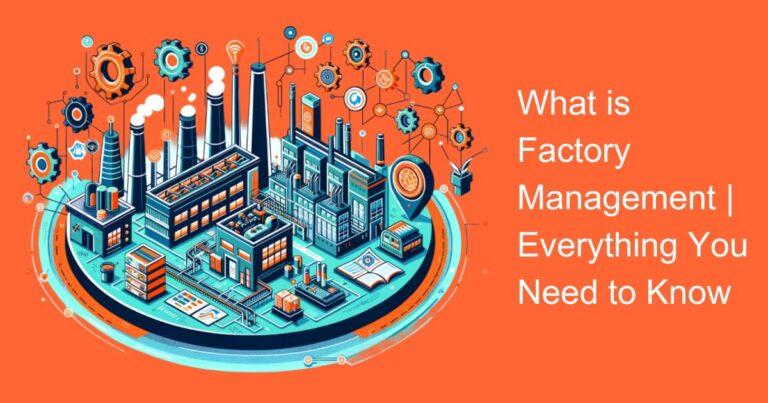Introduction
Asset Lifecycle Management (ALM) is a structured approach that helps organizations manage their assets, from acquisition to disposal, in an effective and efficient manner. It involves a series of activities that are carried out throughout the asset’s life cycle, including planning, acquisition, operation, maintenance, and retirement. In this blog, we will explore the concept of Asset Lifecycle Management and its importance in the Indian context.
What is Asset Lifecycle Management?
Asset Lifecycle Management is a holistic approach to managing assets, from the time they are acquired until they are disposed of. It encompasses the entire lifecycle of an asset and involves various stages, including planning, design, acquisition, installation, commissioning, operation, maintenance, and disposal. The goal of ALM is to optimize the value that an asset delivers to an organization while minimizing costs and risks.
The Importance of Asset Lifecycle Management in India
In India, Asset Lifecycle Management is critical for organizations in various industries, including manufacturing, construction, infrastructure, and transportation. The Indian economy is growing rapidly, and organizations need to manage their assets efficiently to remain competitive.
Effective Asset Lifecycle Management can help organizations reduce costs, increase efficiency, and improve asset utilization. It can also help organizations comply with regulatory requirements and improve safety and environmental performance.
According to a report by KPMG, the Indian infrastructure sector alone is expected to attract investments of over USD 1.5 trillion by 2025. Effective Asset Lifecycle Management can help organizations in this sector maximize the return on investment by optimizing asset utilization, reducing downtime, and extending asset life.
Asset Lifecycle Management in Practice
Asset Lifecycle Management involves a series of activities that are carried out throughout the lifecycle of an asset. Let’s take a look at some of these activities in detail.
Planning and Design
The first stage of Asset Lifecycle Management is planning and design. In this stage, organizations define their asset requirements, develop a business case, and create a design that meets those requirements. The design should take into account factors such as safety, environmental impact, and maintenance requirements.
Acquisition and Installation
Once the design is finalized, the next stage is acquisition and installation. This involves procuring the necessary equipment, installing it, and commissioning it. This stage is critical, as any errors or defects in installation can result in downtime and reduced asset life.
Operation and Maintenance
The operation and maintenance stage is the longest and most critical stage of Asset Lifecycle Management. During this stage, organizations operate the asset and carry out regular maintenance to ensure it remains in optimal condition. Effective maintenance can extend the life of an asset, reduce downtime, and improve safety and environmental performance.
Retirement and Disposal
The final stage of Asset Lifecycle Management is retirement and disposal. At the end of an asset’s life, organizations need to retire it and dispose of it in an environmentally responsible manner. This involves dismantling the asset, recycling any usable parts, and disposing of the remaining materials in a way that minimizes environmental impact.
Conclusion
Asset Lifecycle Management is a critical concept that can help organizations in India optimize the value of their assets while minimizing costs and risks. It involves a series of activities that are carried out throughout the lifecycle of an asset, from planning and design to retirement and disposal. Effective Asset Lifecycle Management can help organizations reduce costs, improve asset utilization, comply with regulatory requirements, and improve safety and environmental performance. As India’s economy continues to grow, Asset Lifecycle Management will become increasingly important for organizations in various industries.


